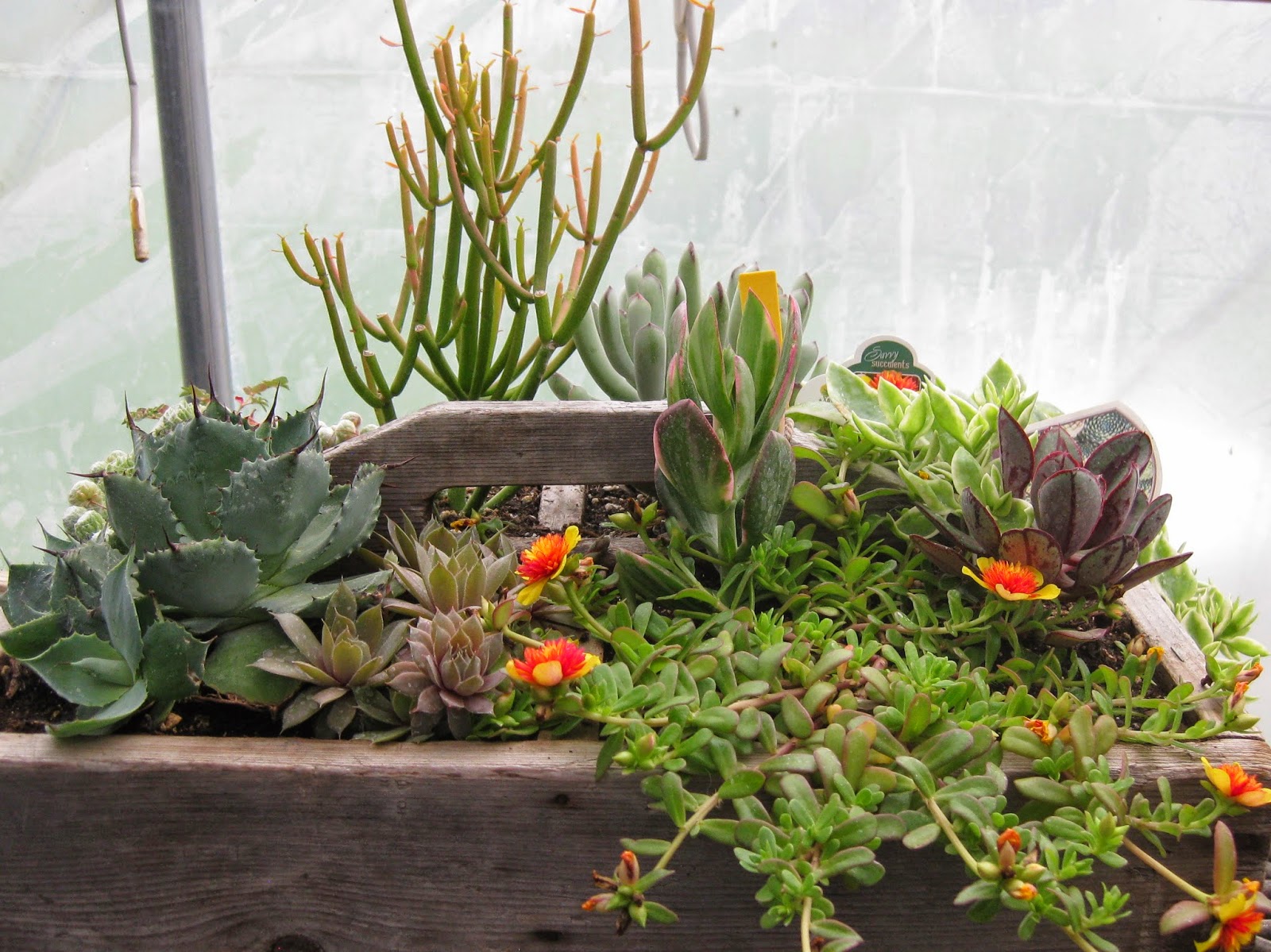Today I participated in the local Fox Cities Habitat Women Build with finishing work on a home that will be ready for the new owners to call home in several weeks.
Habitat's vision
A world where everyone has a decent place to live.
Mission Statement
Seeking to put God’s love into action, Habitat for Humanity brings people together to build homes, communities and hope.
Mission principles
- Demonstrate the love of Jesus Christ.
- Focus on shelter.
- Advocate for affordable housing.
- Promote dignity and hope.
- Support sustainable and transformational development.
Several years ago in 2011, some of our local Master Gardener volunteers helped several new Habitat homeowners get started with some landscaping at their new homes. We met with our homeowner and one of her daughters to assess that site and determine their priorities for their yard. They were anxious to have some space for a vegetable garden, as well as a variety of flowers that would bloom throughout the season.
Habitat had transplanted a large spruce tree to their front yard and left some trees along the rear property line. Existing hardscape included a driveway, a sidewalk to the front porch, a gravel patio area with a picnic table, a shed, a fence at the rear boundary of the yard, and some large window wells on one side of the house to work around. Sod that had been laid previously right up to the foundation was killed with Roundup in beds laid out with edging so mulch could be installed to help suppress weeds once plants were installed.
 |
| Front (north) before |
 |
| Front (after) |
 |
| Back (south) & east sides before |
 |
| Raised bed for girls to transplant tomato and other vegetable plants into |
We purchased cypress mulch, edging and edging anchors to create planting beds. We purchased some shrubs including yews, hydrangea 'Quick Fire', 'Double Knockout' shrub roses, and a climbing rose bush as well as assorted perennials including clematis. The family was already growing some tomatoes and herbs in pots, so we purchased a rasied bed kit, chicken wire, and compost to enable them to transplant their plants and expand add some additonal edible plants. Strawberries were planted in a separate bed. Plants we added leftover from the Master Gardener plant sale included: Siberian iris, spiderwort, daisies, coreopsis, rudbeckia, coneflower, sedum, columbine, primrose, lily of the valley, forget me not, lambs ear, lady’s mantle, chives, and tomatoes. From our own gardens we added burning bush, hostas, ajuga, and coneflowers.
Habitat Restore
The Habitat ReStore sells new and used home improvement materials to the public at discounted prices. All proceeds from the local ReStore benefit the mission of the Greater Fox Cities Area Habitat for Humanity. Materials in the store are donated from individual and business donors, and include such items as appliances, cabinetry, furniture, doors, flooring, hardware, HVAC, lighting and electrical, lumber, masonry, paint, plumbing, and windows. Through the donation process, tons of materials are diverted from the landfill each year!
Our local Habitat has a number of items on display created by volunteers to inspire shoppers to use the available materials in unique ways. Last time I visited, this guy was in the entry to greet shoppers.
http://www.habitat.org/env/restores.aspx





































.png)




